SHARPER DIGITAL IMAGES
Dynamic range is the ability to capture details even in a scene's darkest shadows and its brightest highlights, and it has always been an issue in photography.
Digital photography, in general, suffers from a more limited dynamic range than many types of film. The Fujifilm FinePix S5 Pro is the second camera from Fuji that tries to improve on that record.
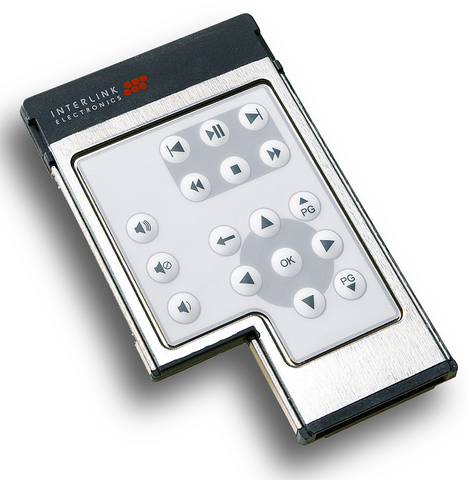
PHOTOS: NY TIMES NEWS SERVICE
Like the S3 model it replaces (Fuji skipped over the S4), the S5 employs an unusual image-sensing chip. Each of its 6.17 million pixels has a secondary, smaller pixel to expand its light-gathering abilities. As a result, S5 users can expand the camera's dynamic range up to 400 percent in five increments. Alternatively, the camera's image processor can automatically choose the best level of expansion. With the earlier model, the feature was either just on or off.
The S5, which will be available next month, is otherwise very much like the Nikon D200 on which it is based. Fuji does include one novelty the Nikon lacks: software that analyzes images during playback to find faces and then enlarge them on the camera's rear monitor so you can see if someone blinked.
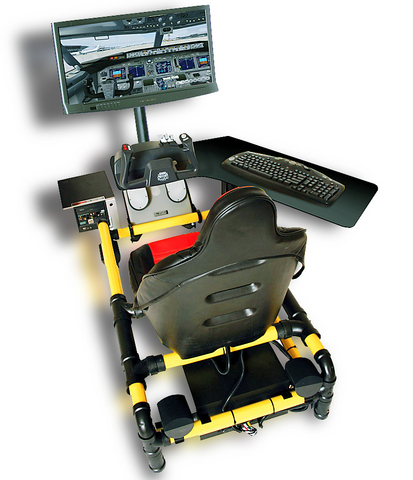
A COCKPIT SEAT FOR GAMES
There's nothing like being in the middle of the action in a good video game. Serious fans of flight-simulator programs can now grab their force-feedback joysticks and practically climb right into the cockpit. The HotSeat Flight Sim gaming chassis, available in three models, brings both a Dolby 5.1 six-speaker surround sound system and a comfy chair to the stimulating experience of simulated flight.
Made of welded steel with an adjustable seat and flat-panel monitor stand, the HotSeat Flight Sim stows the subwoofer under the seat and offers plenty of table space for a keyboard, joystick and game controllers. The chassis is compatible with PC-based games and most major gaming systems, including the Nintendo Wii, Microsoft Xbox and Sony PlayStation.
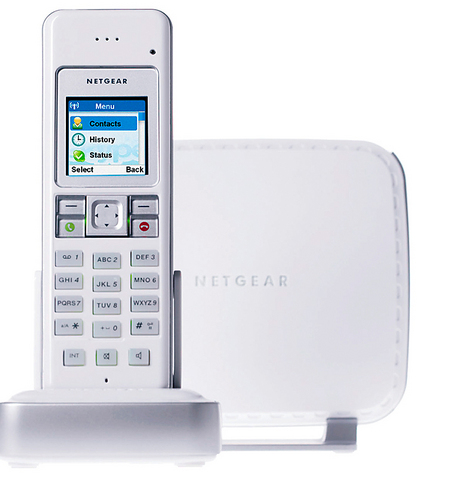
All models can be seen and ordered at hotseatinc.com. Prices for the Flight Sim chassis start around US$1,000 for an entry-level rig and move up to US$4,000 for a deluxe model that adds a 23-inch widescreen monitor, souped-up gaming PC, game controllers and a copy of Microsoft Flight Simulator X. Dramamine not included.
LOSE THE HEADSET FOR SKYPE CALLS
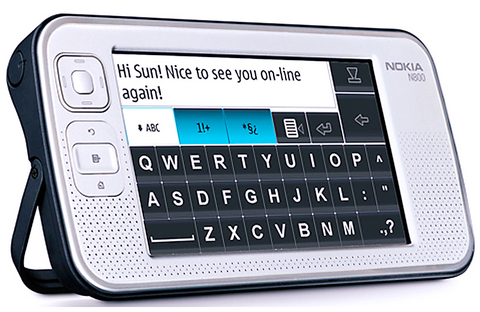
Netgear's Dual-Mode Cordless Phone with Skype — or the SPH200D for short — mixes plain old landline communications with cutting-edge Internet calling.
The SPH200D connects to your standard phone line and allows traditional calls. It also hooks into your Internet router and works with Skype, the popular online calling service owned by eBay that allows free calls to other Skype users, who typically talk using headsets at their computers. You can talk to anyone on your Skype buddy list or make inexpensive national and international calls over Skype's network without having to use your own computer.
The phone includes a cordless handset that uses DECT (digital enhanced cordless telecommunications) technology to reduce interference from other wireless networks and improve call quality. It also has a small color screen that shows a list of Skype contacts or caller ID information, depending on the network being used.
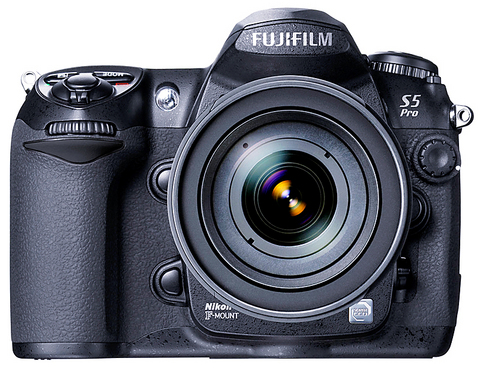
Additional handsets are extra and will be available later this year.
TAKE AN INTERNET CALL OR JUST DOODLE
You can't put the world in your pocket, but you can put the Web there, with Nokia's N800 Internet tablet, which is about the size of a paperback (7.5cm by 15cm by 1.3cm). Like the earlier N770, it lets you browse the Internet, send and receive e-mail and instant messages, download audio and video and get RSS feeds. The N800 adds a Web cam for videoconferencing and a microphone for Internet phone calls.
As a media player, the N800 handles MP3 and Windows Media files and other common audio and video formats, displaying images on a 4.1-inch color screen and playing audio through built-in stereo speakers or a headphone. Content can be loaded from SD or MMC memory cards, streamed from the Web or downloaded through a USB connection from another computer. The tablet uses WiFi networking, but it can also connect to a compatible Nokia phone via Bluetooth and use it as a wireless modem.
The tablet has an on-screen keyboard. It will recognize text written with a stylus, which can also be used for doodling.
FOR A MEDIA ROOM AWAY FROM HOME
Even seasoned business travelers need a bit of downtime. The Interlink ExpressCard Media Remote lets an average laptop act like a media center, complete with a couch-potato-worthy remote control.
The Media Remote is just 4mm thick and fits into an ExpressCard slot, found on most recent laptops. When it is in the slot, the remote charges itself using the laptop's battery, and when it is out it communicates with the laptop using Bluetooth wireless technology. It should last about a week on a full charge.
The remote works with iTunes, Windows Media Center, Windows Media Player and RealPlayer and can switch tracks, pause and play audio and video and select on-screen items, all from up to 9m away. The device also works with PowerPoint, allowing it to double as a presentation remote.
Fans of digital media will appreciate its small size and ease of storage. The only things missing are a few good DVDs and a library of easy-listening music.

May 18 to May 24 Pastor Yang Hsu’s (楊煦) congregation was shocked upon seeing the land he chose to build his orphanage. It was surrounded by mountains on three sides, and the only way to access it was to cross a river by foot. The soil was poor due to runoff, and large rocks strewn across the plot prevented much from growing. In addition, there was no running water or electricity. But it was all Yang could afford. He and his Indigenous Atayal wife Lin Feng-ying (林鳳英) had already been caring for 24 orphans in their home, and they were in

On May 2, Chinese Nationalist Party (KMT) Chairman Eric Chu (朱立倫), at a meeting in support of Taipei city councilors at party headquarters, compared President William Lai (賴清德) to Hitler. Chu claimed that unlike any other democracy worldwide in history, no other leader was rooting out opposing parties like Lai and the Democratic Progressive Party (DPP). That his statements are wildly inaccurate was not the point. It was a rallying cry, not a history lesson. This was intentional to provoke the international diplomatic community into a response, which was promptly provided. Both the German and Israeli offices issued statements on Facebook

Even by the standards of Ukraine’s International Legion, which comprises volunteers from over 55 countries, Han has an unusual backstory. Born in Taichung, he grew up in Costa Rica — then one of Taiwan’s diplomatic allies — where a relative worked for the embassy. After attending an American international high school in San Jose, Costa Rica’s capital, Han — who prefers to use only his given name for OPSEC (operations security) reasons — moved to the US in his teens. He attended Penn State University before returning to Taiwan to work in the semiconductor industry in Kaohsiung, where he

President William Lai (賴清德) yesterday delivered an address marking the first anniversary of his presidency. In the speech, Lai affirmed Taiwan’s global role in technology, trade and security. He announced economic and national security initiatives, and emphasized democratic values and cross-party cooperation. The following is the full text of his speech: Yesterday, outside of Beida Elementary School in New Taipei City’s Sanxia District (三峽), there was a major traffic accident that, sadly, claimed several lives and resulted in multiple injuries. The Executive Yuan immediately formed a task force, and last night I personally visited the victims in hospital. Central government agencies and the